8 broiler house management tools to improve performance
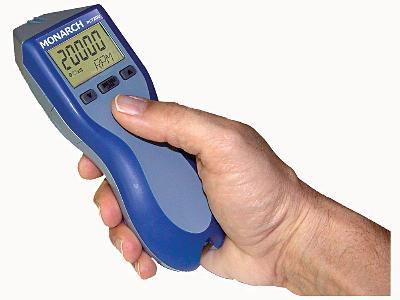
Photo: The Monarch PLT200 is one tool that can be used for servicing poultry flocks. | Monarch Instrument
Getting the right tools in the hands of trained broiler service technicians can lead to more highly motivated chicken growers and improved broiler house management.
Looking for the catalyst for improving broiler flock performance in your poultry production complex? Jesse Campbell, extension housing specialist at Auburn University, says getting the right broiler house management tools in the hands of service technicians who use them to teach and motivate growers can be the answer.
Speaking at the Poultry Production and Welfare Seminar, he identified tools that measure poultry house environmental factors and made recommendations for their use. They range from high-tech gadgetry like thermal camera adapters for smartphones to the poultry house’s lowly water meter.

Jesse Campbell at the Poultry Production and Welfare Seminar
Dr. Campbell’s recommendations involve more than the technology. The aim is to elevate the competency of service technicians and foster “buy in” by growers to undertake improvements in their housing facilities.
“The keys to more efficiently servicing broiler flocks are attitude, education, communication and accountability,” Campbell said. But the foundation of it all, he said, is obtaining and using quantifiable measurements of the poultry house environment to guide management decisions.
Data-based poultry house management
“Too many decisions at the grow-out farm level are based on assumption and not on fact,” Campbell told listeners. “Service technicians need to learn to use the tools available to them to identify specific opportunities for improvement on the farms and then teach the growers with this information.”
Getting the right tools in the hands of broiler service technicians is the first step in measuring the poultry house conditions that can lead to improved flock welfare and performance. These factors include house temperature, air speed, relative humidity and more.
The tools recommended by Campbell for measuring these performance factors in the poultry housing environment include the following:
- Wind meters and smoke emitters reveal the speed of air movement and circulation in the house, which are critical to managing temperature and relative humidity, as well as achieving adequate air exchange inside the house.
- Temperature guns are invaluable in quickly measuring temperatures in all parts and at all levels of the poultry house. Maintaining adequate uniformity of temperature is critical to keeping birds comfortable and productive.
- Thermo-hygrometers, which highlight the relationship between temperature and relative humidity, help operators manage the ventilation system’s minimum set points and more.
- Differential pressure gauges reveal “house tightness,” a key to efficiently operating negative pressure ventilation systems, and provide one measure (air leakage) of the thermal efficiency of the poultry house.
- Laser tachometers are used to measure the RPMs of the fans, which drive the ventilation system and maintain negative pressure in the house. Substandard RPMs are likely the result of loose or worn fan belts.
- Infrared cameras reveal heat transfer throughout the poultry structure and pinpoint problem areas where improvements are needed (air leaks, insufficient insulation, etc.).
Service technician’s most valuable tool: the smartphone
Campbell recommended that service technicians take thermal snapshots of air leaks and areas of substandard or missing thermal insulation in poultry facilities and text them to the grower.
“Your service technician’s most important tool is the smartphone, and the $250 dollars spent on a thermal camera adapter for that smartphone could well be the best money spent,” he said. "This tool can pinpoint problems like ventilation doors that are stuck open or leaking attic air inlets."
“When a grower gets a text of a thermal image showing the heat transfer resulting from missing insulation in the center of the poultry house’s ceiling, they are more likely to be ready to spend the money necessary to fix the problem,” he said. Thermal imaging shows growers what is happening with heat transfer. They can’t see air with their eyes but they can see and understand heat transfer in a thermal image.”
Lowly water meter provides useful information
Not every tool useful for monitoring poultry house conditions is high tech. The poultry house’s water meter is an example of low technology that can provide critical insight for flock management.
Excessive water usage could indicate leaks that need repair. Also, keeping track of water usage in the front versus the back of the poultry house can provide indications of differences in bird density, which in turn reflect differences in access to feeder space.
“There is no way to know if you are winning the moisture battle in the poultry house in wintertime unless you are monitoring relative humidity.”
Team building with competencies and leadership
The number one priority should be to foster or develop a receptive learning attitude on the part of the service tech-grower team.
“No broiler company has only veteran service technicians,” Campbell said. “The majority of service technicians may have limited on-farm experience, but the best way to educate them is to get them into the poultry house and using the equipment that measures the conditions on the farms in the houses.”
Service technicians, he said, should focus on using a few tools to maximum advantage in teaching and motivating growers to achieve more optimal grow-out conditions on their farms.
“It is important to get service technicians pumped up about using the instruments and get them into the field where they can be developing better relationships with the poultry growers,” he said.
Start by becoming expert with a few tools
“Some poultry companies spend a lot of money on tools but nothing on teaching their people how to use them. Other companies have just one or two tools and their service techs are expert in their use. It is more important to use the tools you have and use them properly than to invest in a lot of new tools.
“Pick four or five pieces of equipment to focus on this winter and make sure your service technicians are proficient with them. This is by far the best way to get this information to your growers. Teach your service technicians who will then be able to teach the growers,” he said. “The minimum ventilation/power ventilation fans should be checked with a tachometer twice a year.”
The secret to managing broiler flocks
“Broiler management might be called mini-management; it involves a lot of little things, many of which in themselves seem insignificant yet add up to economical production. The manager or caretaker who can care for all the details will achieve success, but the person who is careless, who forgets some ‘meaningless’ chore, who does not know the intricacies of the business, or who fails to recognize problems in their infancy, will almost invariably fail. So many times in the broiler production business the manager makes the difference.” – Commercial chicken production manual, Mack O. North and Donald D. Bell
8 TOOLS FOR SERVICING POULTRY FLOCKS
1. Thermal camera adapter for smart phone

2. Wind meter: Measures wind speed, humidity and temperature

3. Temperature gun: Noncontact portable temperature sensor

4. Thermo-hygrometer with relative humidity: Measures relative humidity and temperature

5. Differential pressure gauge: Differential pressure measurement 0 to 0.50 inches

6. Laser tachometer

7. Digital light meter: Light meter from 0.01- to 20,000-foot candles

8. Water meter: Water metered to drinkers

Gary Thornton is editor of WATT PoultryUSA
Có thể bạn quan tâm
Phần mềm

Phối trộn thức ăn chăn nuôi

Pha dung dịch thủy canh

Định mức cho tôm ăn

Phối trộn phân bón NPK

Xác định tỷ lệ tôm sống

Chuyển đổi đơn vị phân bón

Xác định công suất sục khí

Chuyển đổi đơn vị tôm

Tính diện tích nhà kính

Tính thể tích ao hồ


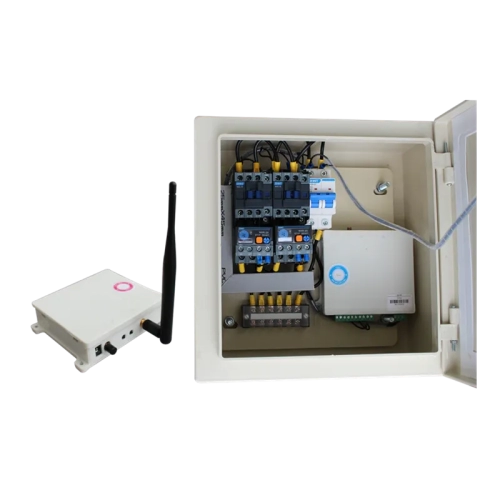

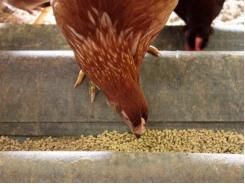
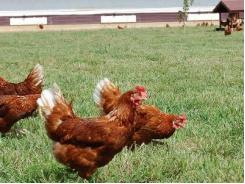
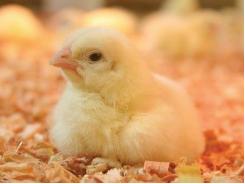



 Overheating in incubation and its…
Overheating in incubation and its…  7 additives to replace antibiotics…
7 additives to replace antibiotics…